Description
In today’s culinary world, salt is more than just a seasoning; it’s an essential ingredient that enhances flavor and adds depth to dishes. Beyond the kitchen, salt plays a crucial role in various industries and comes in different shades and types. This article dives into the fascinating world of salt, shedding light on industrial salt, the popular pink Himalayan salt, exotic orange salt, and the enigmatic blue salt.
Understanding Industrial Salt
Industrial salt, also known as sodium chloride, is a workhorse in many industries. It’s a fundamental component in chemical manufacturing, water treatment, and even the production of soap. Its remarkable ability to dissolve in water makes it an ideal candidate for various industrial processes.
Industrial Salt in Chemical Manufacturing
One of the primary applications of industrial salt is in chemical manufacturing. It serves as a key raw material for producing chemicals like chlorine, caustic soda, and soda ash, which have wide-ranging uses in industries such as plastics, textiles, and pharmaceuticals.
Industrial Salt in Water Treatment
In water treatment, industrial salt helps remove impurities and soften water, ensuring safe and clean drinking water for communities. Its affordability and effectiveness in this field are unmatched.
The Charm of Pink Himalayan Salt
Himalayan salt, often referred to as pink salt, is renowned for its stunning pink hue and distinctive flavor. Harvested from the salt mines in the Himalayan mountains, this salt is believed to be millions of years old.
A Geological Wonder
The unique pink color of Himalayan salt is attributed to the presence of trace minerals like iron and magnesium. Its natural formation in the ancient sea beds of the Himalayas makes it a geological wonder.
Culinary Delight
In the culinary world, pink Himalayan salt is cherished for its mild, yet complex flavor. It’s often used as a finishing salt, sprinkled on dishes just before serving, to add a delightful crunch and a hint of saltiness.
Discovering the Allure of Orange Salt
Orange salt is a lesser-known gem among salts, cherished for its vibrant hue and subtle citrusy notes. This salt gets its distinctive color from the clay-rich salt flats where it’s harvested.
Unique Harvesting Process
The process of collecting orange salt involves careful scraping of the salt flats, ensuring that the clay deposits are mixed evenly with the salt. This meticulous process gives the salt its beautiful orange tint.
Culinary and Decorative Uses
Orange salt is not only a culinary delight but also serves as a unique decorative element for dishes. Its tangy undertones make it an excellent seasoning for seafood and salads.
The Mystery of Blue Salt
Blue salt, with its captivating azure hue, is a rare find in the world of salts. It’s harvested from select regions and is prized for its scarcity.
Origin and Rarity
Blue salt is typically found in remote, untouched salt mines. The striking blue color comes from the presence of sylvite and halite minerals. Its rarity makes it highly sought after by collectors.
Culinary and Therapeutic Uses
While blue salt is used sparingly in cooking due to its scarcity, it’s known for its therapeutic properties. Some claim that it can help alleviate stress and promote relaxation when used in bath salts.
In Conclusion
Salt, in all its forms, is a remarkable substance that extends far beyond its role as a simple seasoning. From industrial applications to culinary delights, salt continues to shape our world in diverse ways.


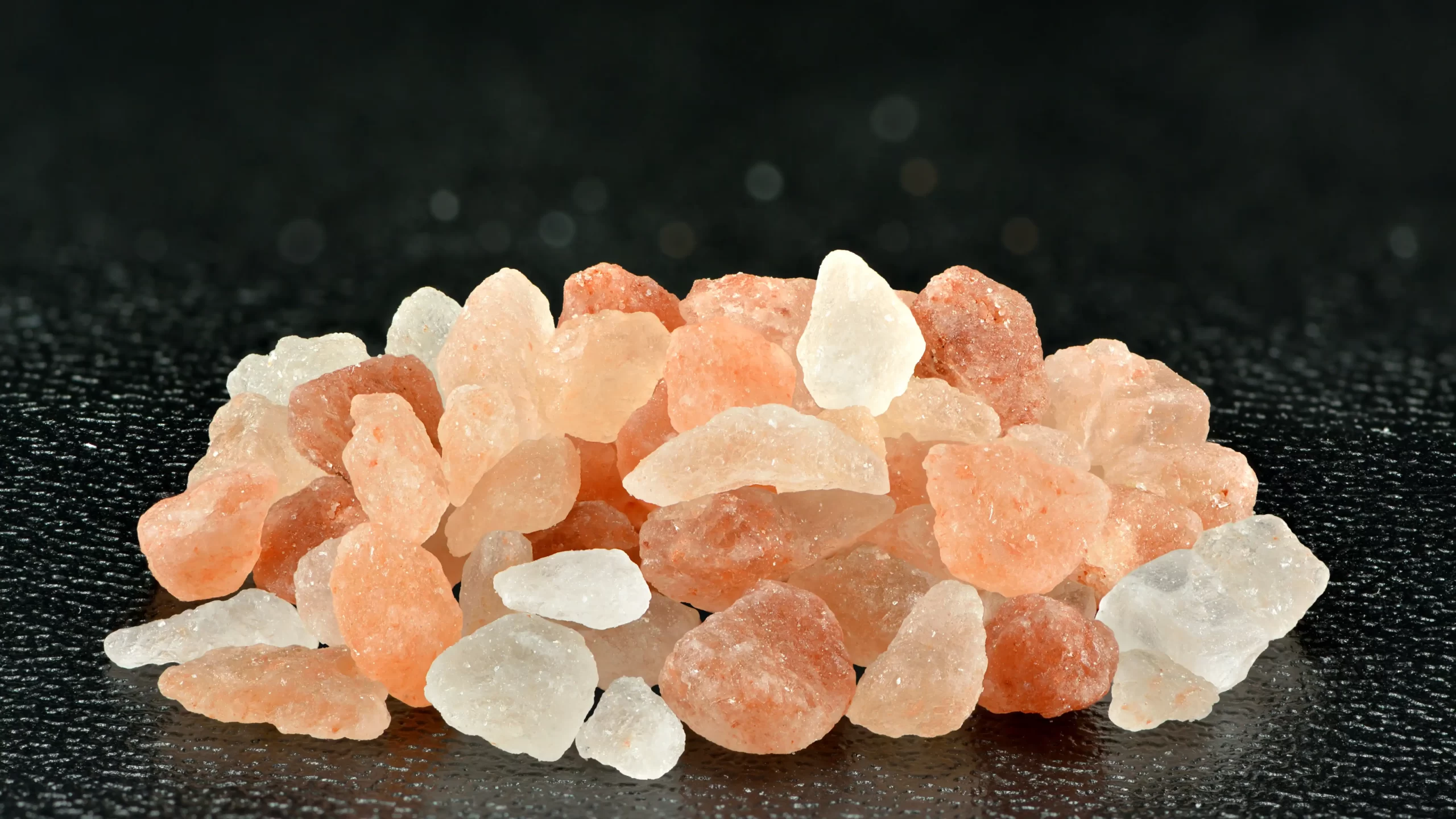
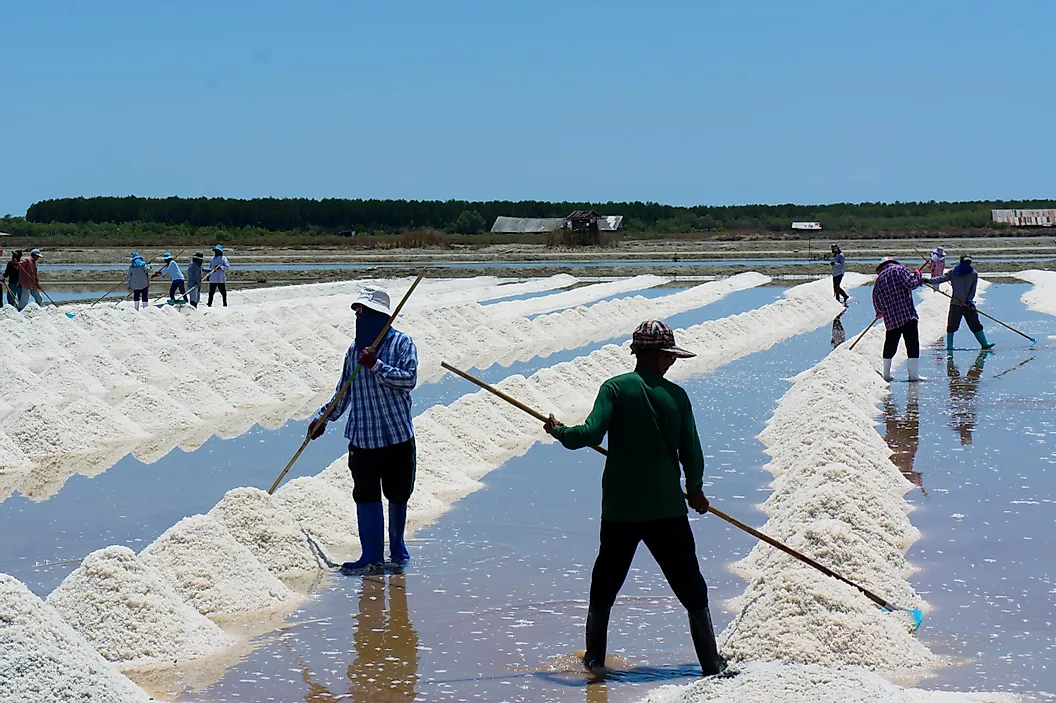
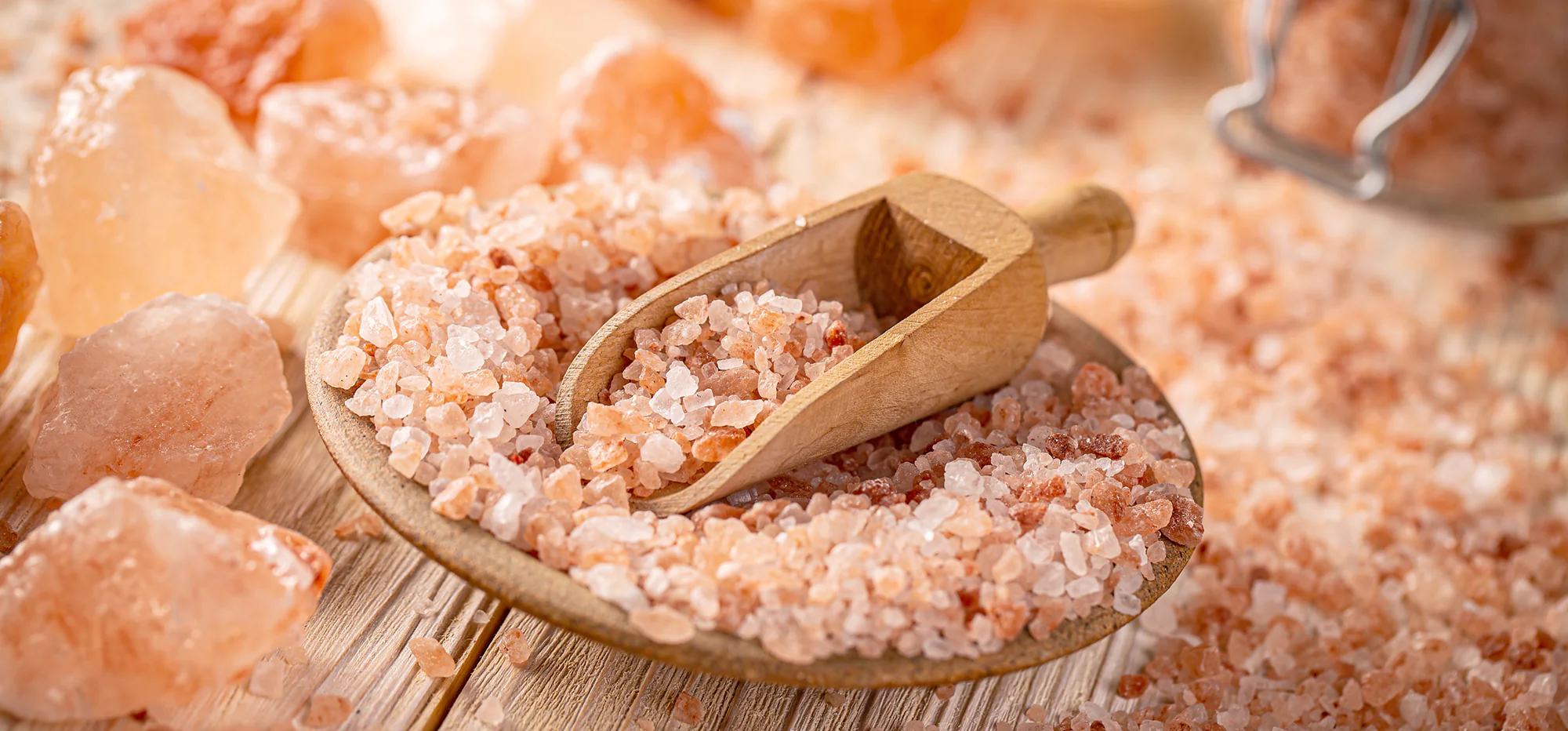
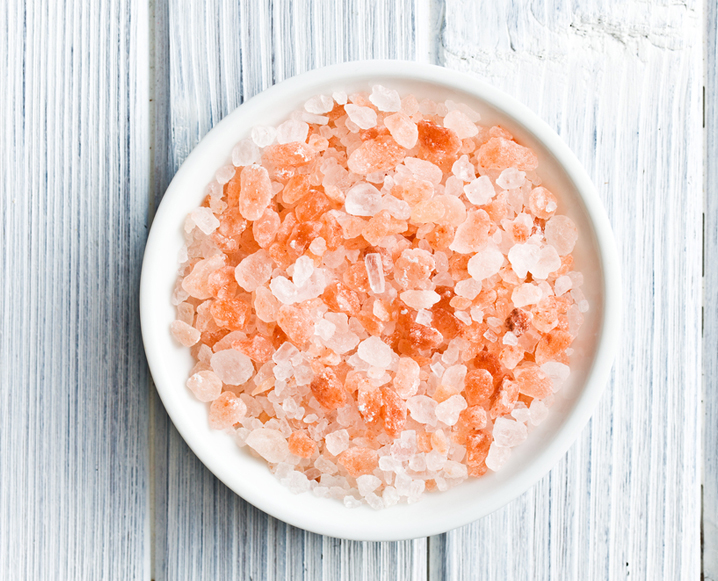
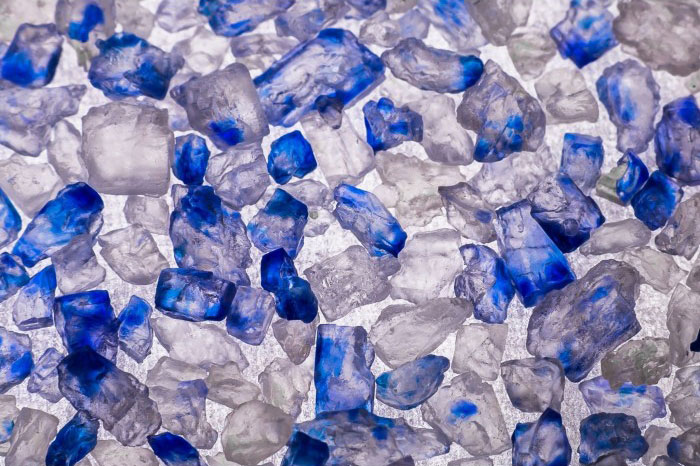

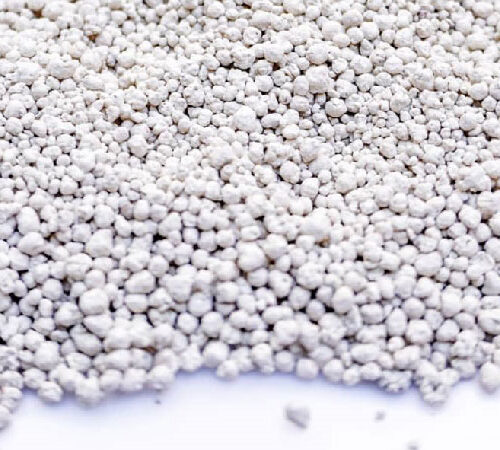
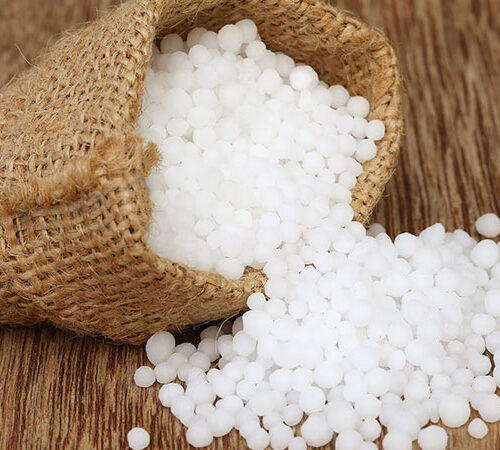
Reviews
There are no reviews yet.